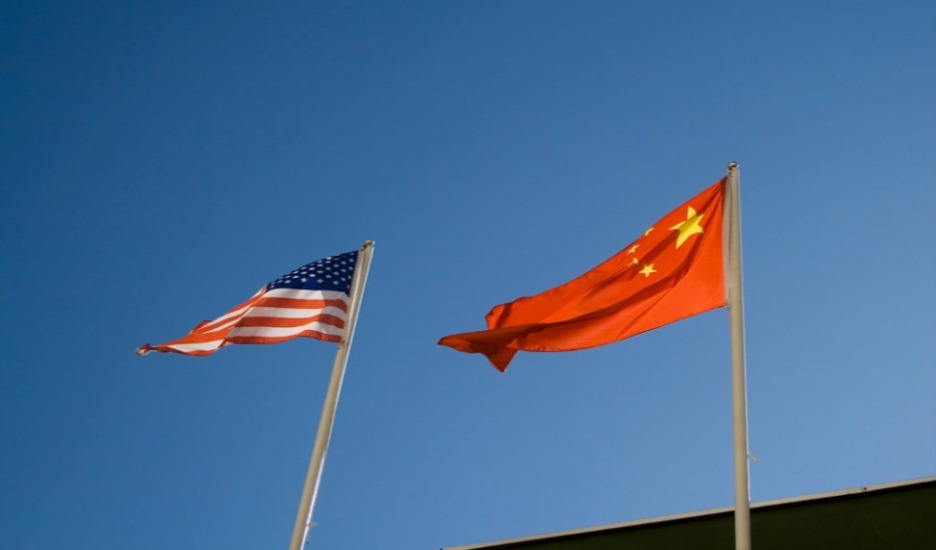Al Qaeda Has Set its Sights on Xinjiang---and China Isn't Happy About It
If you don’t follow the jihadi social media scene, you may not know that the first issue of Al Qaeda’s online English-language magazine, Resurgence, has just hit webstands across the terrorist world. Fortunately for you, we at Lawfare have been perusing this issue ourselves. The magazine, which was released by Al Qaeda’s sub-group, As Sahab Media, is notable for a host of reasons.
Published by The Lawfare Institute
in Cooperation With

If you don’t follow the jihadi social media scene, you may not know that the first issue of Al Qaeda’s online English-language magazine, Resurgence, has just hit webstands across the terrorist world. Fortunately for you, we at Lawfare have been perusing this issue ourselves. The magazine, which was released by Al Qaeda’s sub-group, As Sahab Media, is notable for a host of reasons. For now, one part worth highlighting is a little section halfway through the volume entitled, “Ten Things You Didn’t Know About East Turkestan,” screenshots of which can be found here and here.
“East Turkestan,” in Al Qaeda-speak, refers to a region of the world roughly corresponding to China’s vast, unstable hinterland region of Xinjiang. The “Ten Things” outlined in the piece are mainly a list of grievances against China’s oppression of the Muslim Uighur population there and the area’s unique and ancient Islamic heritage. It doesn’t take a terrorism expert to understand the meaning here: Al Qaeda believes Chinese control of the region is not just a historical anomaly, but also an unjust seizure of the Ummah’s land, land that should be reincorporated into the movement’s intended Islamic Caliphate. The mention of Xinjiang/East Turkestan in the magazine points to the growing salience of the region for global jihadist groups and the increasingly-violent homespun insurgency taking place there.
This shoutout was not lost on Chinese media outlets: two mentions of it on prominent Chinese websites are linked here and here. The first of these, DW News, discusses Al Qaeda (in Mandarin: jidizuzhi 基地组织), the piece’s intention, and the inclusion of Xinjiang in a future global Islamic state on a map allegedly released weeks ago by ISIS. It also notes that China is most worried about Al Qaeda’s call to believers to disrupt shipping in the Strait of Hormuz and the Straits of Malacca, both of which are vital trade routes for the world and for China. The second piece in the South China Morning Post claims that there are several factual inaccuracies in the Al Qaeda piece, including the militant group’s assertion that teaching the Qur’an is forbidden in China (it notes that Islam is one of five big religions China officially authorizes).
In any case, the first issue of Resurgence is the latest manifestation of a broadening of global jihad’s purview, which now definitively includes territories under the control of the PRC. PRC officials have responded forcefully to recent insurrection in Xinjiang by mobilizing increased numbers of troops, imprisoning Uighur leaders, executing scores of alleged terrorists, and imposing restrictions on Islamic groups in the area. China has also sought more international cooperation in order to mitigate its growing domestic terrorist threats, most recently by its moves to establish collaborative mechanisms on counterterrorism with the European Union.
Ben Bissell is an analyst at a geopolitical risk consultancy and a Masters student at the London School of Economics. He graduated Phi Beta Kappa from the University of Virginia with majors in political science and Russian in 2013. He is a former National Security Intern at the Brookings Institution as well as a Henry Luce Scholar, where he was placed at the Population Research Institute in Shanghai, China.


.jpg?sfvrsn=5a43131e_9)

